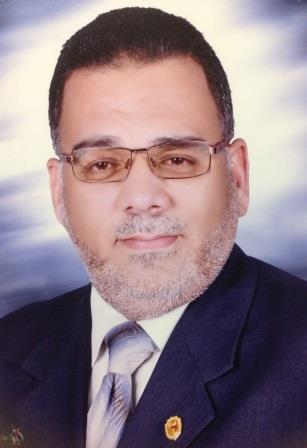ABSTRACT
Background: The term of postcholecystectomy syndrome (PCS) comprises a heterogeneous group of symptoms and signs in patients who have previously undergone cholecystectomy. Patients of PCS may present with abdominal pain, jaundice or dyspeptic symptoms, many of these complaints can be attributed to complications including bile duct injury, biliary leak, biliary fistula and retained stones. Late sequelae are bile duct strictures and secondary liver cirrhosis. A multidisciplinary approach between surgeons, radiologist and endoscopist offers the best chances for an initial diagnosis and therapeutic option. The aim of this work: is to study thoroughly and evaluate the different techniques, surgery, endoscopy and combined used for management of postcholecystectomy problems. Patients and methods: this is a descriptive study carried on 105 patients from the surgery department, and endoscopy unit of Assuit University Hospital from January 2010 - to July 2012. Results: most of our patients (97.1%) diagnosed in postoperative period and only 2.9% of injuries are recognized intraopertively. Sixty eight of 105 (64.7%) of patients has bile leakage, retaned stones and stricture was treated endoscopically. The remaining (35.3%) were treated surgically. Long-term follow-up revealed two cases (5.4%) with anastomatic stricture, which were managed by refashioning HJ with left ductal approach. Conclusion: (I) Minor bile duct injuries can be well treated by endoscopic techniques, (II) Major injuries of bile ducts require operative intervention after good and adequate preparation, (III) Raux-en-Y HJ is the gold standard operation for these major bile duct injuries


